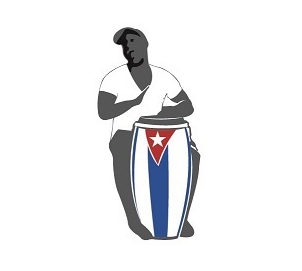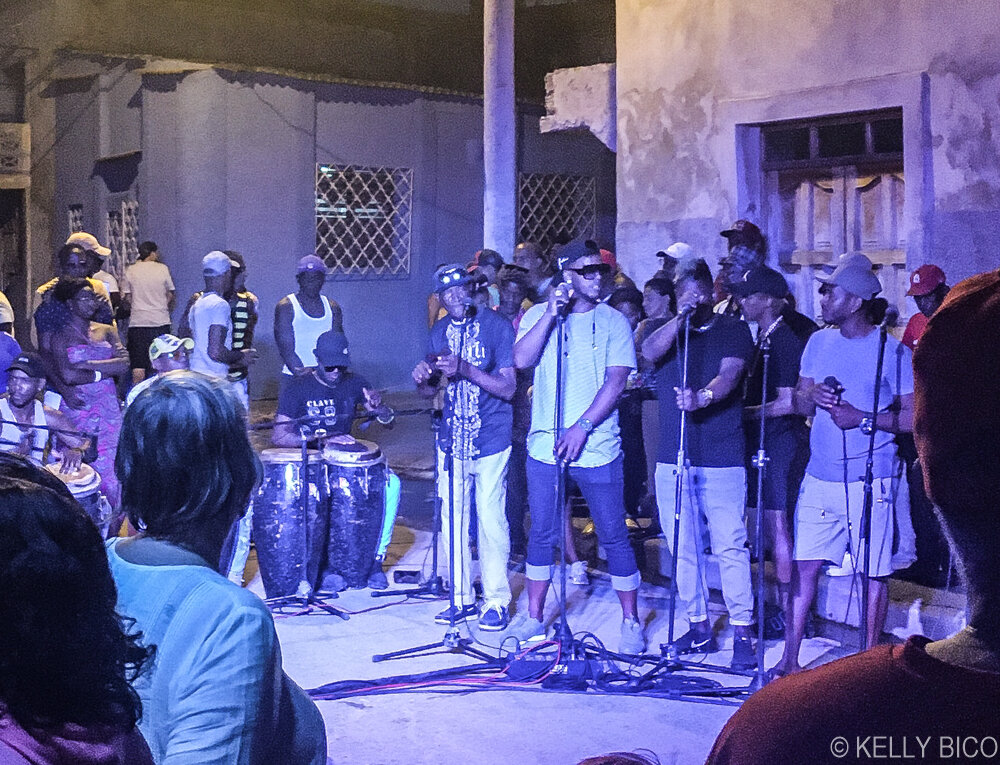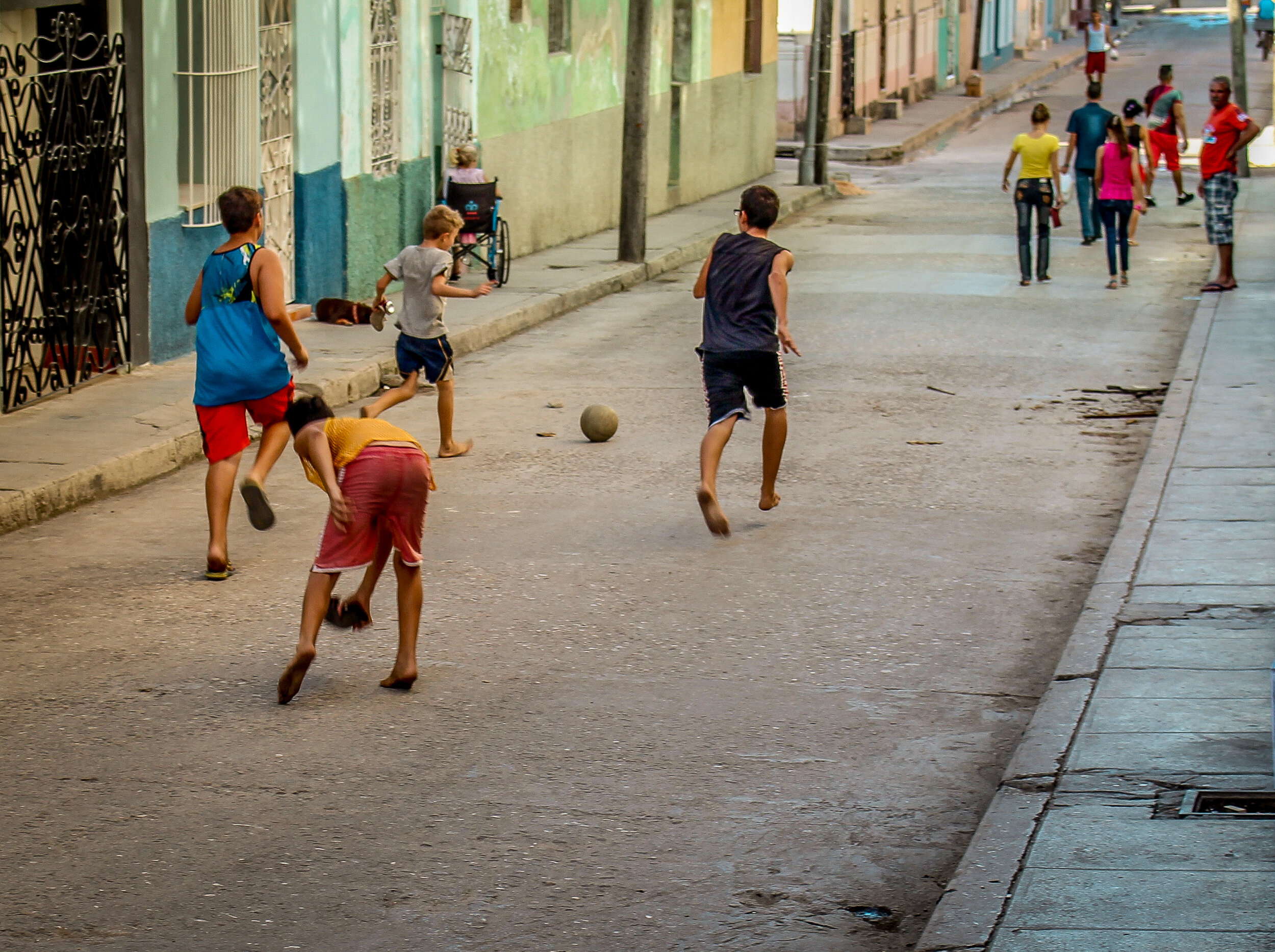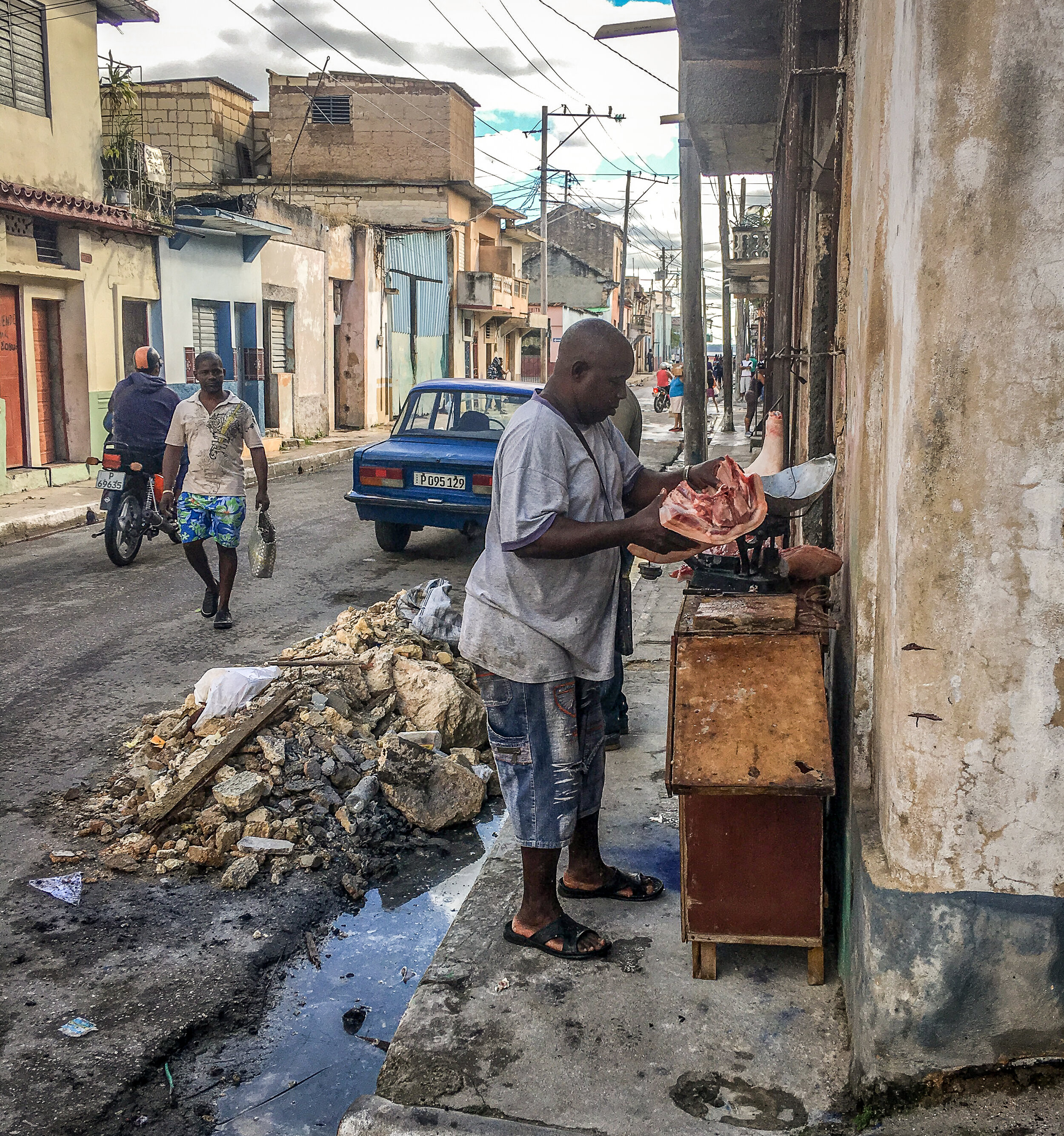La Marina: A Gritty & Culturally Essential AfroCuban Neighborhood
I confess.
When I initially arrived in Matanzas on my first trip, I couldn’t tell one neighborhood from the next. On the surface, the buildings, streets and bridges all looked the same to me.
Now, after spending time working my way into the fold here, it’s become clear that each one has unique and defining characteristics. Each has their own distinctive vibe. I suppose that’s a testament to the virtues of travelling slowly.
Downtown has a typically noisy urban buzz, with its cars and motos racing around Parque de la Libertad, and its patios alive with music and people. La Playa is the coastal neighbourhood in the east end, with pretty houses perched on rocks lining the bay, and quiet streets where many expats reside. Los Mangos is at the top of the city where you’ll find the absolute best view of the Yumurí Valley, and where it always seems to be 5 degrees hotter than anywhere else in Matanzas.
Then there’s La Marina. It’s the gritty barrio which lies between the main street of Contreras and the Río Yumurí, and where the pulse of AfroCuba resonates loudly and everyday life vibrates at a little higher frequency.
Barbaro, Los Muñequitos de Matanzas
Rhythm
Music is always somewhere in the background in La Marina. Sometimes it’s reggaeton but most of the time it’s rumba, because this is the city and the neighborhood where the genre, based on African music and traditions, originated in the late 1800’s. Cuba’s best-known rumba group, Los Munequitos de Matanzas, resides here on Calle Manzano and they, along with the popular Grupo AfroCuba de Matanzas, frequently perform live in the street. Between the concerts, the batá drum ceremonies and the Santeria rituals which happen regularly, it sometimes seems as though the sound of beating drums, even if it’s only faintly in the distance, is unavoidable.
Artist’s Studio, Michel M.M.
Art
Matanzas, in general, is a force to be reckoned with when it comes to artistic endowment – there are poets, painters, photographers, sculptors and graphic artists galore, not to mention the abundance of performers such as dancers, musicians, mimes and acrobats. La Marina has its share of all of those, something which has become even more evident within the last couple of years. Murals have begun to appear, transforming some of the shabby facades along Calle Daoiz into giant canvases displaying the work of a local painter whose studio is located there. If you’re short on time, this is the one street I recommend you do not skip, especially the area between Calles Jovellanos and Magdalena.
Squalor
There’s no getting around it – sections of this barrio can be straight-up filthy. Down by the bend in the river at the end of Calle Ángel, a chunk of the retaining wall is missing, allowing the water to flood that corner regularly, bringing with it the garbage and debris that collects there. It takes some skill to dodge the mosquito-infested puddles which never seem to evaporate or drain from within a two-block radius of this particular spot. If you’re wearing flip-flops, I recommend avoiding this corner altogether.
Streetlife
More than any others, this is the cultural element bound to make you feel as though you’re part of the local scene. The best time to explore La Marina is after 5pm, when people are home from work, school is out and dinner prep is in progress. You’ll need to bob and weave between the vignettes of activity – the fresh laundry slung overhead, the pop-up domino tables in full swing, barefoot kids playing fútbol and tossing a baseball from one side of the street to the other. This is also the time when you’re apt to find a vat or two of caldoza or chicharrón cooking over an open fire, neighbors chatting in their doorways and abuelas rocking their grandchildren to sleep as they sit by the front window to catch the cool evening breeze.
Nelson Barrera Cultural Centre
Community
One of the most endearing aspects of Cuba is the undeniable sense of community that seems to be present everywhere. People know their neighbors, they help each other, they look out for each other’s children and care for their elderly loved ones. Sharing a common struggle is something that binds a group of people (or an entire island) together, and people tend to struggle just a little more in La Marina than elsewhere in the city. Perhaps that’s the reason why the sense of community seems particularly strong here. With the presence of organizations like the Nelson Barrera Cultural Centre, which promotes an inclusive approach to the maintenance and development of AfroCuban culture, the community is actively engaged in efforts towards making everybody feel like they matter.
As grimy and dishevelled as parts of it may be, there is no denying that La Marina is one of Matanzas’ richest neighborhoods culturally-speaking. Wander it slowly, explore it with open eyes and an open mind. You’ll need this essential piece of the puzzle in order to understand and appreciate the city beyond its surface.



















